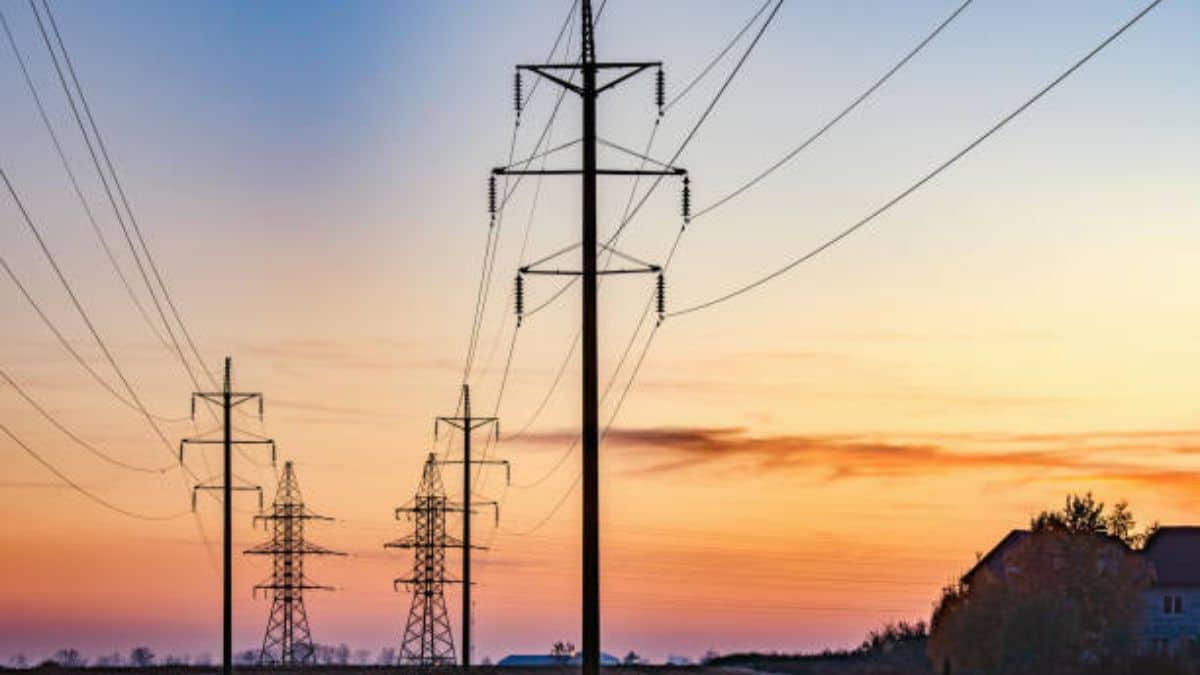 Image Credits : istockphoto
Image Credits : istockphoto
As global warming’s effects become more severe, the scientific community and policymakers are increasingly considering geoengineering as a means to intentionally alter the Earth’s climate. This controversial field aims to mitigate climate change through large-scale interventions, offering a potential lifeline amid escalating environmental crises.
Geoengineering encompasses two primary strategies: solar radiation management (SRM) and carbon dioxide removal (CDR). SRM techniques, such as injecting aerosols into the stratosphere to reflect sunlight, seek to cool the planet by reducing solar energy absorption. Meanwhile, CDR focuses on removing carbon dioxide from the atmosphere and storing it, using methods like afforestation, bioenergy with carbon capture and storage (BECCS), and direct air capture.
Proponents argue that geoengineering could provide critical time to reduce greenhouse gas emissions and adapt to climate impacts. “We’re facing a climate emergency,” says Dr. Jane Smith, a leading climatologist. “Geoengineering might be our only option to avert the worst-case scenarios.”
However, the field is fraught with ethical, environmental, and political challenges. Critics have warned that the unintended consequences of geoengineering could be catastrophic. For instance, altering weather patterns might exacerbate regional disparities in climate effects, triggering droughts or floods in vulnerable areas. Furthermore, reliance on geoengineering could undermine efforts to reduce emissions, perpetuating a false sense of security.
The governance of geoengineering poses another significant hurdle. The international community remains divided on regulation, with concerns about unilateral action and its global repercussions. “We need a robust framework to ensure that any geoengineering efforts are safe, equitable, and transparent,” emphasizes environmental policy expert Dr. Robert Jones.
Comprehensive climate action, emphasizing emission reductions and sustainable practices, remains paramount. Geoengineering, if pursued, must be approached with caution, rigorous research, and international cooperation to safeguard our shared future.
